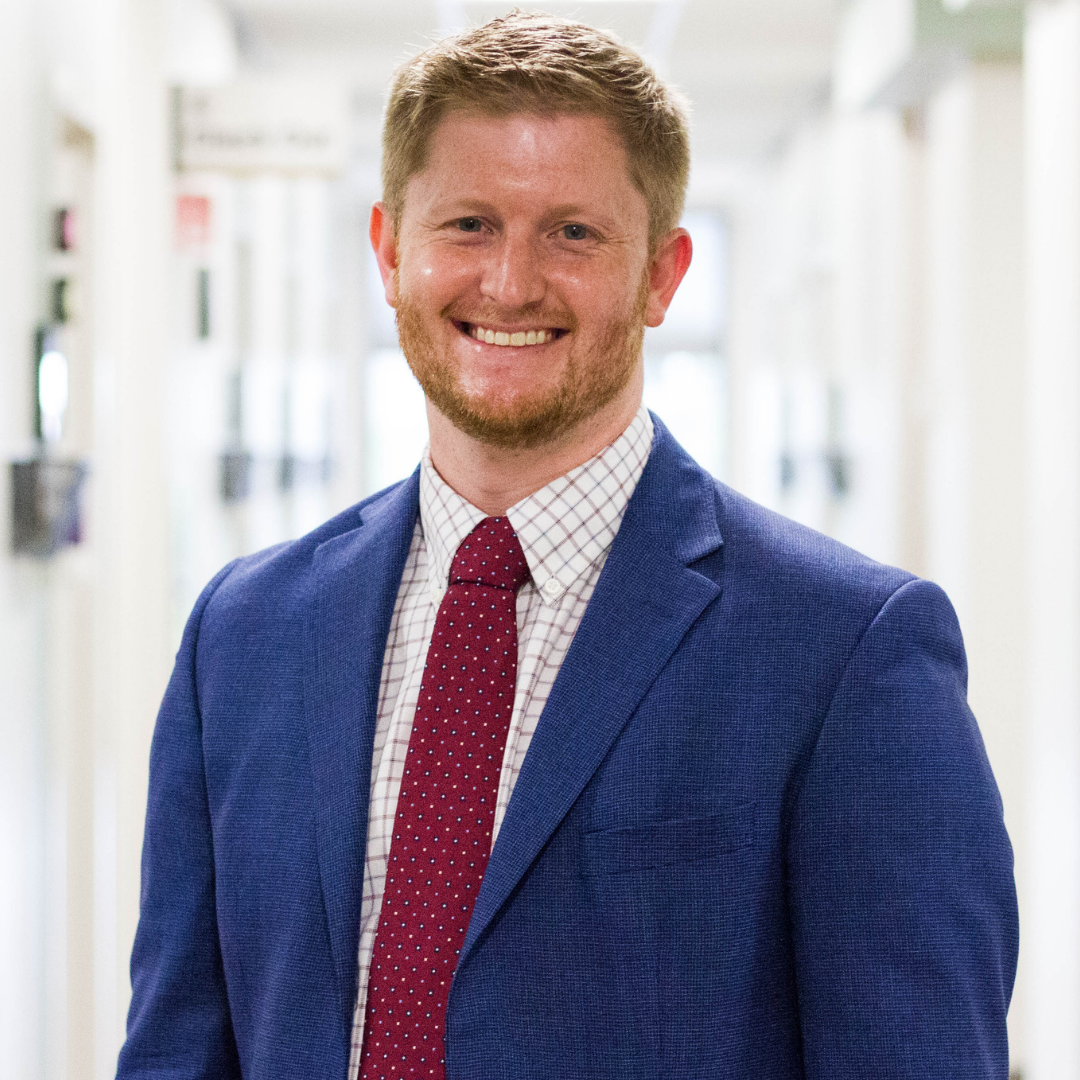
19 May Getting The Facts About Bone Health with Dr. Richard Gibson
Originally published in the Williamson Herald –
Drink your milk. Take your vitamins.
During childhood, parents, teachers and others often emphasized the importance of building strong, healthy bones. While you may receive fewer reminders these days, bone health is no less important as an adult.
Bones play a number of roles in the body, from protecting organs and anchoring muscles to providing structure. Since May is Osteoporosis Awareness Month, we’re sharing a few fast facts about osteoporosis and what you can do to keep your bones strong and healthy long into the future.
Fact 1: Osteoporosis is more common than you think
Osteoporosis is a bone disease that develops when bone density and mass decrease, causing bones to weaken and increasing the risk for fracture.
“Most people are surprised by how common it is,” said Dr. Richard Gibson, orthopaedic physician at Bone and Joint Institute of Tennessee. “One in two women and one in four men over the age of 50 will have an osteoporotic fracture at some point in their lives.”
While certain medications and medical conditions can increase the risk of osteoporosis, Gibson said postmenopausal women over the age of 50 are at the highest risk of developing the condition. Other causes, such as low levels of physical activity, diet, family history or changes to hormone levels, can also play a role.
Fact 2: You can take steps to prevent osteoporosis
“Diet and exercise are probably two of the most important preventative measures you can take to prevent weakening of the bones,” Gibson said.
That means making sure your diet includes plenty of calcium and vitamin D and scheduling time for regular weight-bearing exercise, such as walking, hiking or anything that gets you moving, like gardening or mowing the yard.
“Two of the best things you can do would be to quit smoking and limit your alcohol consumption,” Gibson said. “Both of those have been shown to be risk factors for developing osteoporosis. Alcohol in particular increases your risk of having a fall and fracturing a bone.”
Fact 3: Osteoporosis can lead to larger health issues
Fractures caused by osteoporosis are a leading cause for chronic pain and decreased mobility in the elderly, Gibson said. He stressed that a hip or back fracture can lead to the need for long-term care.
Other common injuries caused by osteoporosis include wrist fractures or any compression fracture that develops after a small or minor fall.
Fact 4: Screening is a must.
“Osteoporosis is often thought of as a silent disease because the first sign is often a fragility fracture, but screening is an option,” Gibson said.
Patients over the age of 50 should talk to their physicians about a screening, he added. If you are tested and diagnosed with osteoporosis, several treatment options are available.
“There are medicines that prevent bone loss, but also new medicines that help to create bone growth,” Gibson said.
All treatment options will help increase bone density over time, but Gibson recommended talking with your doctor to find the right treatment plan for you.
Whatever your age, make the choice now to prioritize your bone health. Bone and Joint Institute can help. Situated just off Interstate 65 in Franklin, Bone and Joint Institute offers state-of-the-art technology and a superior patient experience close to home. For more information, visit www.BoneandJointTN.org.
Richard Gibson, M.D. is a board-certified family medicine and sports medicine physician specializing in the evaluation and non-operative treatment of orthopaedic injuries. Outside the office, Gibson and his wife, Sarah, enjoy spending time with their newborn son, Thomas, while exploring their new home here in Franklin.
